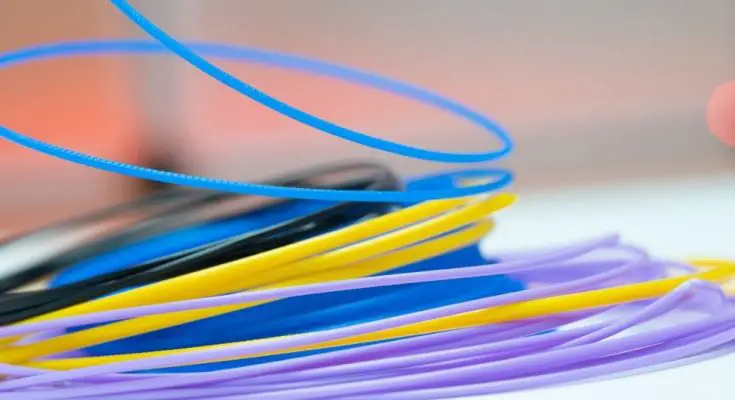PETG (polyethylene terephthalate glycol) is a robust, temperature-resistant, and extremely impact-resistant plastic that people commonly use in FDM 3D printing. Here are some top tips to help you print with PETG filament!
Tune Print Settings
If your slicer has PETG material profiles included, those provide a good place to start. Alternatively, you can use your standard PLA settings and make a few tweaks. Increase the nozzle temperature as the manufacturer directs (typically between 220 and 260 degrees Celsius). If that doesn’t work, raise the bed temperature to the temperature that the manufacturer recommends (typically between 50 and 85 degrees Celsius).
Try printing a test piece with the parameters indicated above. You’ll notice two things about PETG: it’s prone to stringing, and it can delaminate layers if you over-cool it. Modify your print settings using the test piece. Reduce fan speeds or raise the print temperature if the layers aren’t holding together. Increase the retraction speed or distance if stringing is severe. Also, reduce the print temperature if sections are curling or deforming.
Use a Glue Stick or Hairspray
When adhesion is low, you can use glue sticks or hairspray on print surfaces to help pieces stick to the bed. On the other hand, PETG frequently sticks too well, tearing out bits of your printed part or build surface! As a result, you should always use a release agent and never print directly on BuildTak, PEI, or glass. That way, the agent will remove your parts rather than bits and pieces of your valuable build surface. Interestingly, a glue stick or hairspray will work as an effective release agent.
Get Retraction Right
PETG has a high tendency to string and ooze, as previously stated. The material’s hardness also makes molten plastic strings difficult to break, resulting in ugly webs and wisps on your prints. You can reduce these by fine-tuning your print settings. Within reasonable bounds, aim to improve retraction distance, retraction speed, and travel speed. If everything else fails, you can use a heat gun to remove any remaining strings.
Prevent Cracking
If you’re switching from PLA to PETG, you might notice that PETG cracks quickly. PETG can suffer if you chill it too quickly, whereas PLA benefits from lots of cooling. Reduce the fan speed if the print layers begin to split or fracture. PETG preserves its shape at significantly greater temperatures than PLA, allowing for sharp overhangs and intricate shapes. Extruded plastic will have more time to bind with the remainder of the model due to its slower cooling time.
We hope you’ve found our top tips for printing with PETG filament informative! If you’re looking to print with nylon or PETG and don’t know which is better for your applications, do some research here to find out which is more suitable for you!



